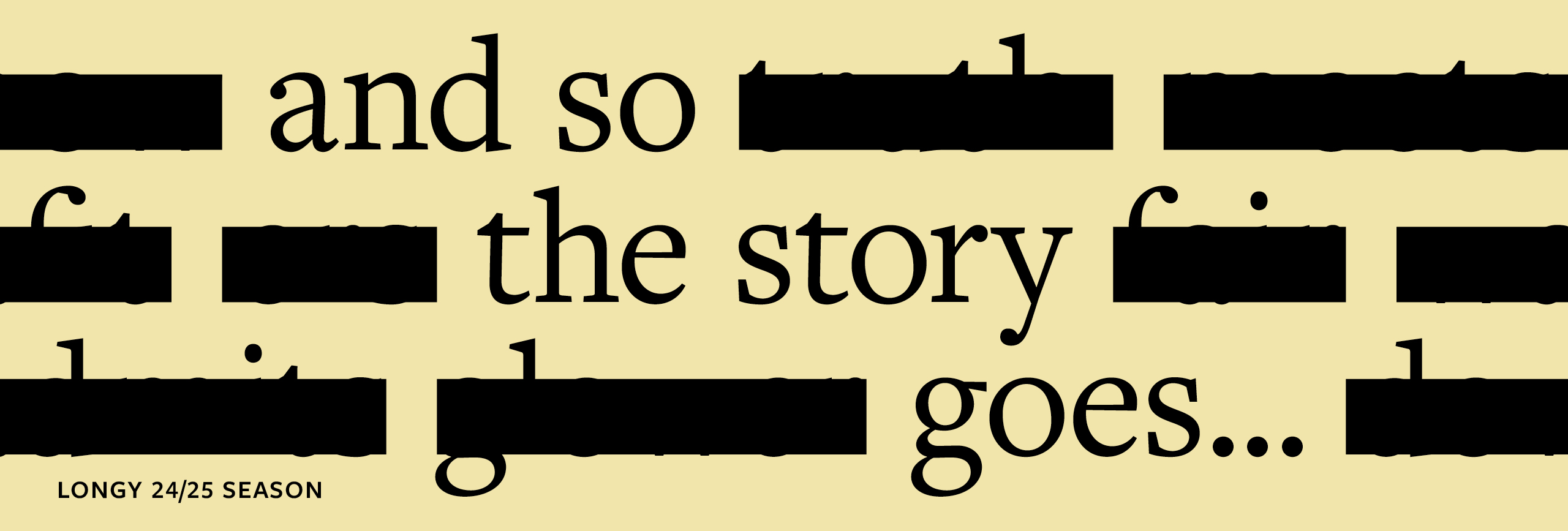Tableaux de Provence
Paule Maurice (1910 – 1967) was a French composer and professor who studied with Jean Gallon and Noël Gallon. She taught sight reading and harmonic analysis at l’École Normale de Musique. Tableaux de Provence pour saxophone et orchestre is Marice’s most famous composition, although the piece is more commonly performed using saxophone and piano rather than a full orchestra. The piece was written between 1948 and 1955 and was dedicated to the saxophone virtuoso, Marcel Mule. The movements are Tableaux, or pictures, and describe the culture and scenery of Provence, southeast France. The Mules, Maurice, and her husband, composer Pierre Lantier, would spend vacation time together in Provence.
Ms. Maurice explains each of the five sections: the first movement, the Farandoulo di Chatouno (Dance of the Young Girls), is the joyous sound of young girls in France dancing to the provincial dance, known as the farandole; the second movement Cansoun Per Ma Mio (Song for My Love), is a serenade whose accompaniment sounds the open strings of the guitar at the beginning of the piece. La Boumiano (The Bohemian Women or The Gypsy), is a rhythmic soliloquy of the people of mige [sic]. Dis Alyscamps I’amo Souspire (A Sigh on the Soul for the Alyscamps) are the laments of friends that hover over the cemetery at Alyscamps expressing sadness.
Scaramouche
Darius Milhaud (1892-1974) was a French composer who grew up in Provence, the same area of southeast France that Paule Maurice and the Mule family would often visit for vacation. Milhaud’s music was heavily influenced by jazz, Brazilian music, and the use of polytonality – the simultaneous use of two or more keys of music at the same time. Scaramouche was originally written for two pianos as a commission for Pianist and Teacher, Marguerite Long. He admitted that he had little enthusiasm for the piece, and that writing it gave him trouble. Less than two years after the original piece was premiered, he adapted the piece for saxophone and orchestra. To his dismay, the piece quickly became popular and he worried the piece would overshadow his other works. For example, Milhaud had composed a clarinet concerto for Benny Goodman, which the clarinetist never performed. Instead, he eagerly performed the 1941 clarinet (and orchestra) transcription of Scaramouche.
Scaramouche is in 3 movements, with each one based on material borrowed from incidental music that Milhaud had previously written for plays. The upbeat first and third movements borrowed from music he wrote for the children’s play, Le médecin volant (the flying doctor). The slower second movement uses a theme from Milhaud’s overture written for Supervielle’s Bolivar. All three movements constantly and subtly utilize Milhaud’s trademark use of polytonality along with engaging rhythms and diatonic melodic lines. The last movement, Brazileira, is one of Milhaud’s most popular Brazilian inspired melodies and has been arranged for many other ensembles.



